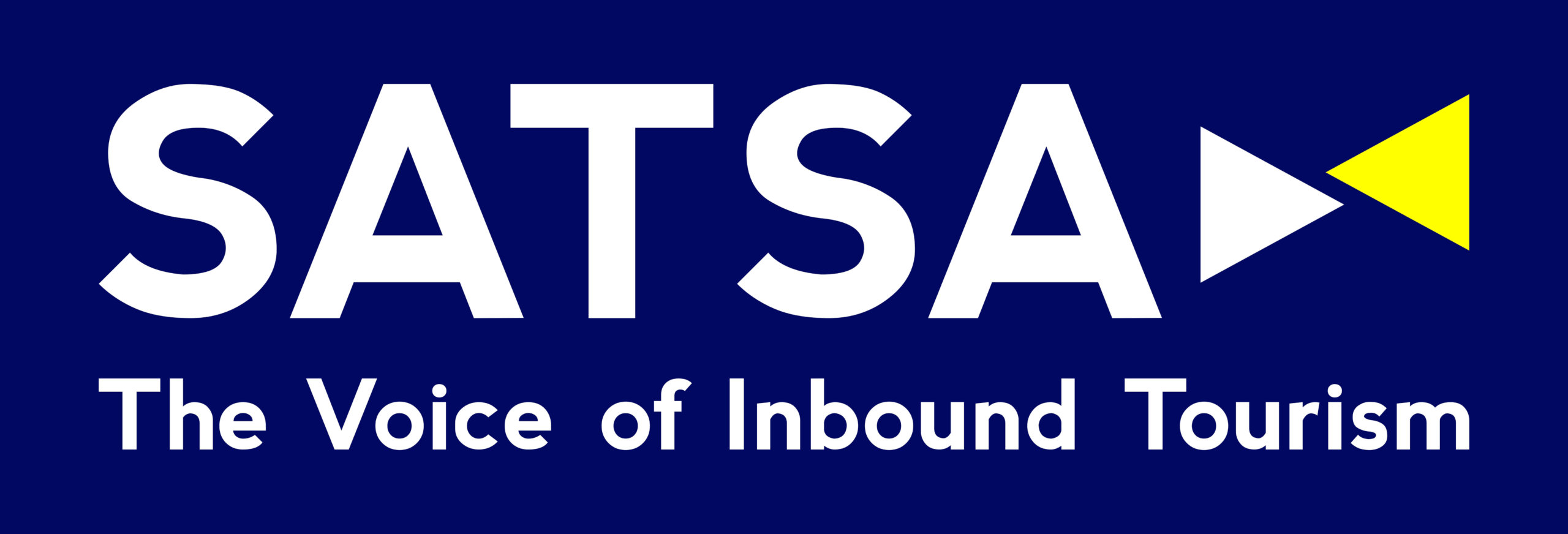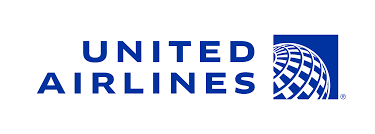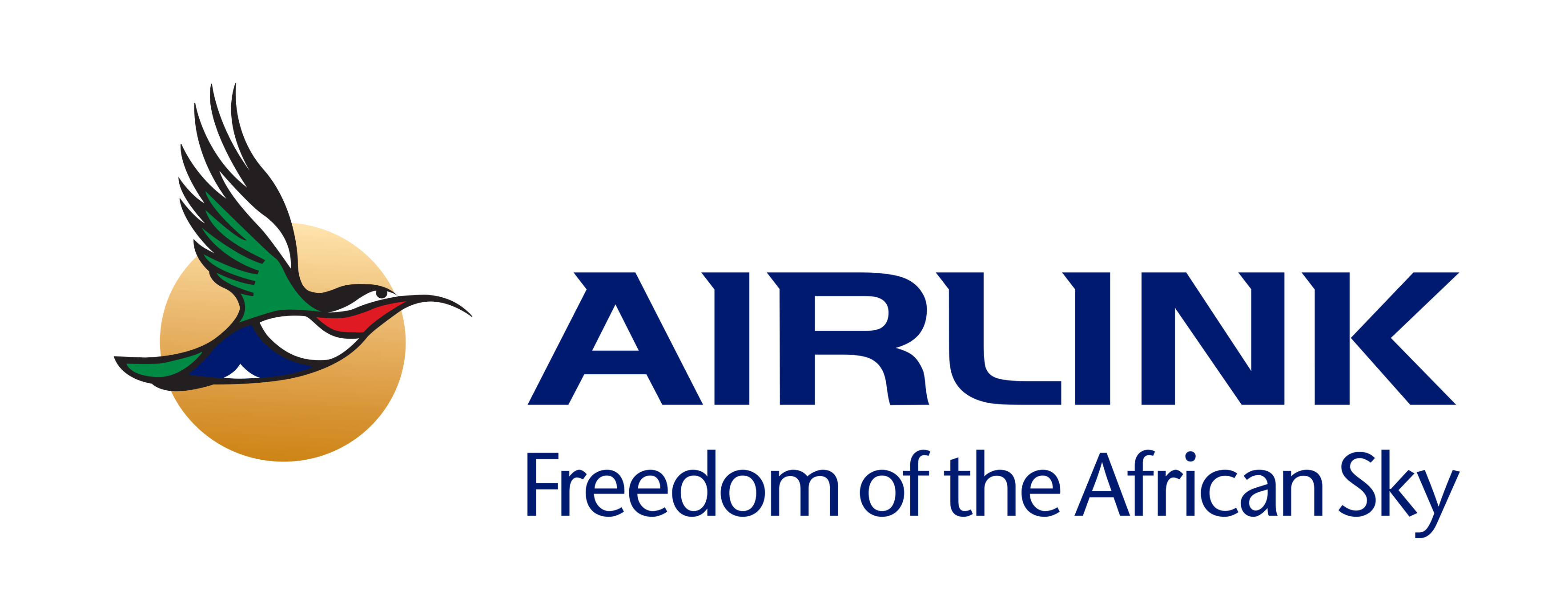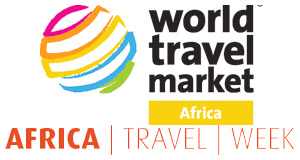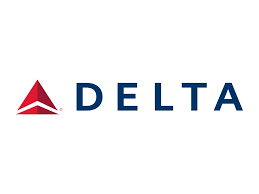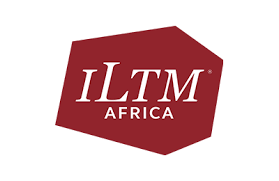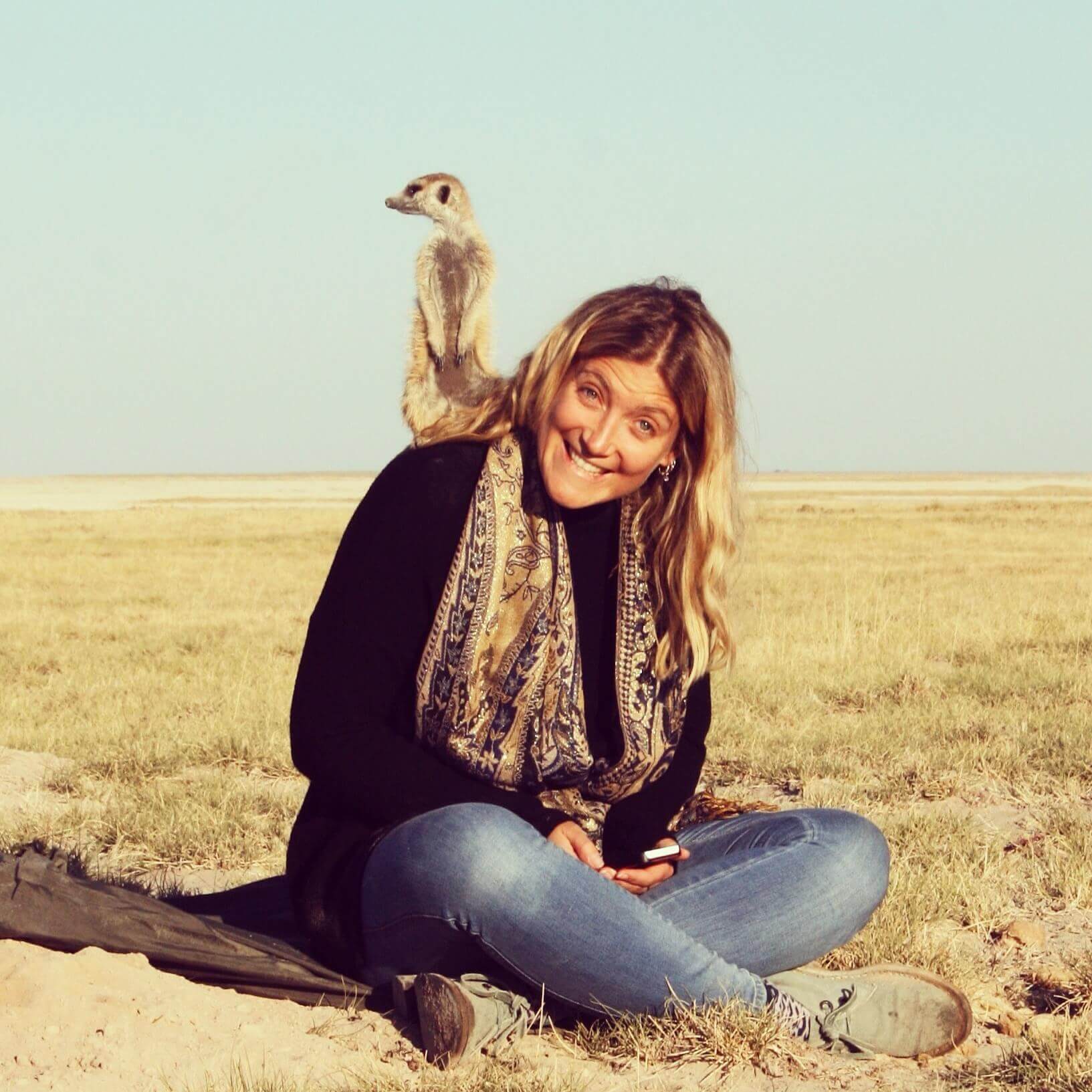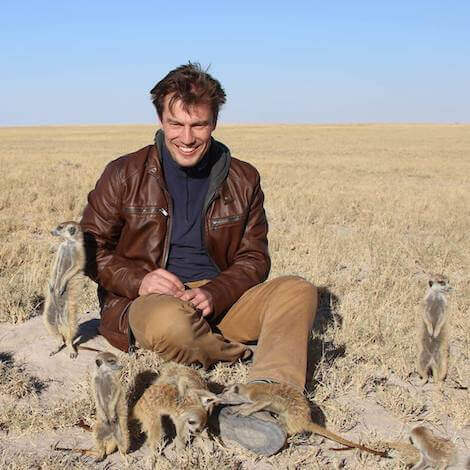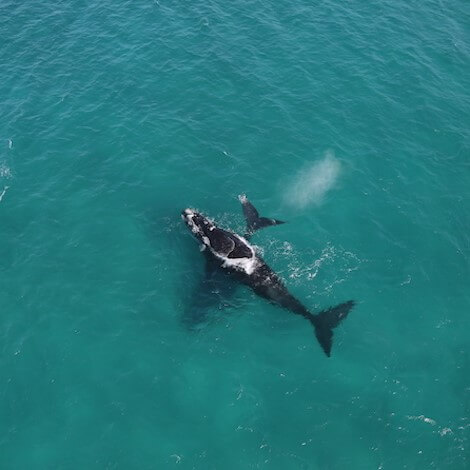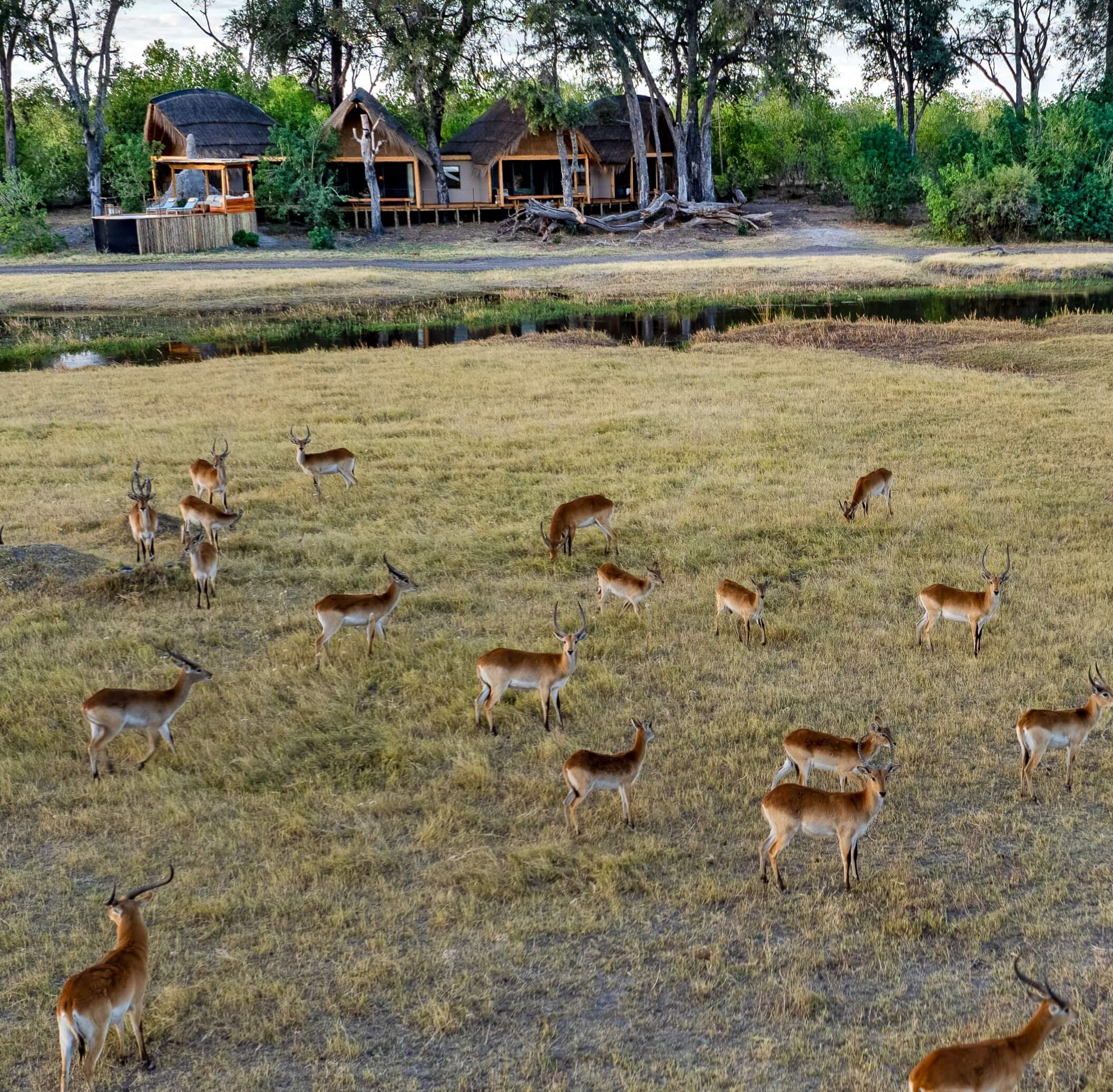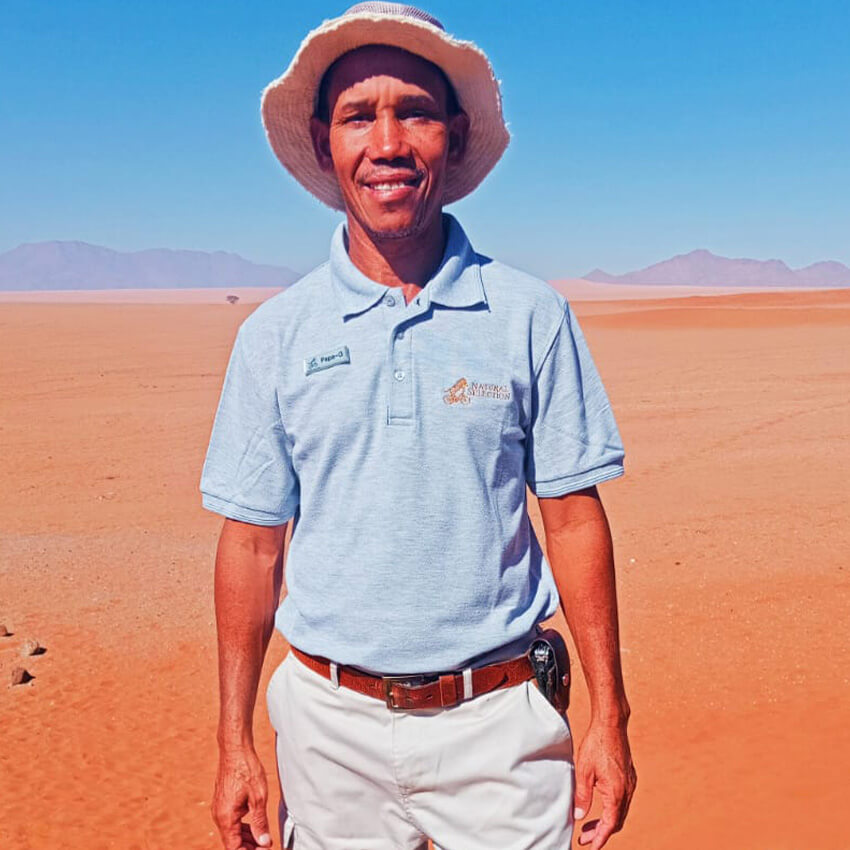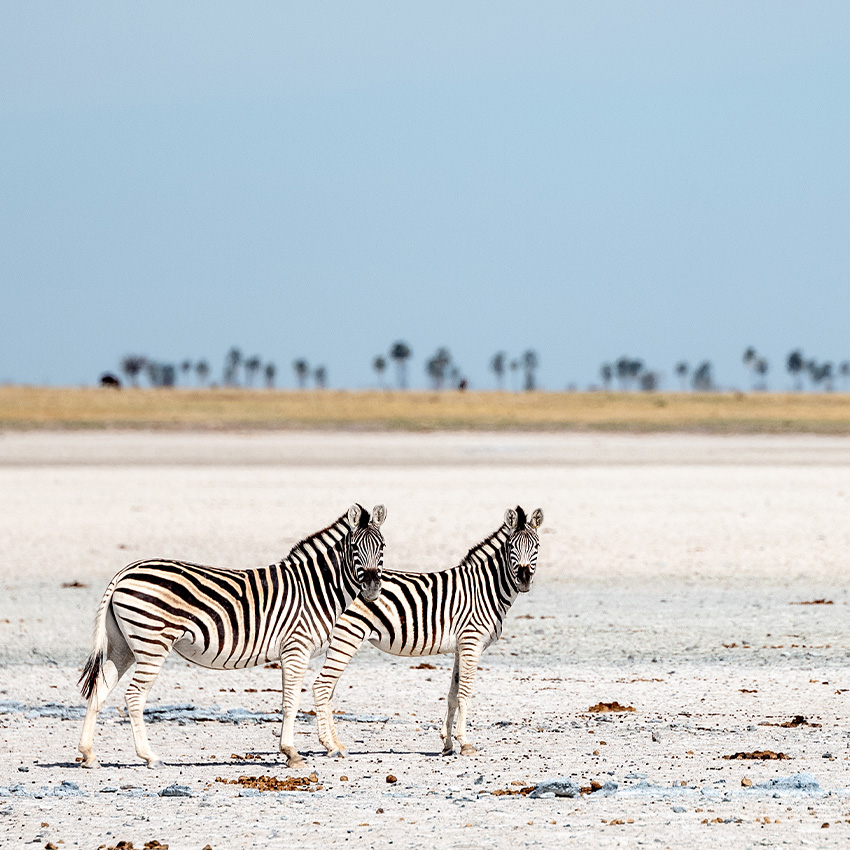Active
Popular
Etosha Heights Private Reserve – An Eco-Tourism & Conservation Success Story
 Pru Allison
Pru Allison
 November 01, 2023
November 01, 2023
Conservation means the world to us.
When we first launched back in 2016, Etosha Heights Private Reserve in Namibia was one of the first projects we took on. With savannah stretching as far as the eye can see, this area was always very special, but at the time, it was used for hunting and farming. Situated in the middle of northern Namibia’s arid, captivating savannah, the reserve is unique in offering an Etosha experience without the crowds associated with the national park.
Since we partnered with Etosha Heights Private Reserve in 2017, we have committed to converting it into a thriving wildlife area, supporting endangered species and high-standard, long-term research. The wildlife here roams freely between Etosha Heights Private Reserve and the national park. The proceeds of tourism-generated revenue from our lodges have assisted in the reserve’s conservation effort.

These efforts have paid off. Over the past five years, the reserve has seen a significant increase in both the variety and density of its wildlife and animals, so that guests can spend quality time at sightings. The wildlife populations are an extension of the adjacent national park, with truly exceptional game watching opportunities.
Our conservation efforts have also gone from strength to strength, and this glorious Namibian landscape plays host to a number of projects. The overriding conservation success here is the successful transition of the land from consumptive uses of hunting and agriculture to non-consumptive eco-tourism, essentially re-wilding the area.

The reserve is also home to the Savannah Ecology and Education Centre (SLEEC), a collaboration between the Giraffe Conservation Foundation, the Namibia University of Science & Technology, and the reserve. SLEEC explores the effect of different wildlife land use types on biodiversity and ecological productivity. Another key component is increasing engagement with local and international conservation students, researchers, conservation volunteers, and the tourism industry to develop a sustainable and integrated long-term programme to support the wider area’s conservation needs.
SLEEC’s work has included the release of collared cheetah into the reserve in partnership with the Cheetah Conservation Fund and Namibia University of Science and Technology, providing the cheetah with a safe home and improving the genetic diversity of the reserve. There’s also been work on understanding the movement ecology of wild herbivores and carnivores in the area through an extensive telemetry programme and a citizen science programme. There has also been human-wildlife conflict mitigation, bi-annual wildlife counts, and vet training and collaring.

This is also one of the best places to see rhinos. As part of the re-wilding transition, Etosha Heights became a Black Rhino Custodian area a decade ago, and both black and white rhinos were re-introduced to the area. We have an anti-poaching team on site who keep the rhinos under 24-hour protection and hold rhino monitoring training.
Another species that flourishes at Etosha Heights is the giraffe, and we support the Giraffe Conservation Foundation’s giraffe translocation activities. Four have happened this year already, one of which saw four Angolan giraffe moving from Etosha Heights to a communal conservancy in North West Namibia.

We also work to ensure that future conservationists are as passionate about this reserve as we are by hosting Wild Shots Outreach here. This initiative engages with unemployed youth from disadvantaged communities, teaching them about nature and conservation through photography, culminating in a game drive.
Whichever way you turn in Etosha Heights Private Reserve, there’s an eco-tourism and conservation success story right in front of you. If you ask us, that’s as heart-warming as the Namibian sunshine.
But don’t just take our word for it CLICK HERE to watch our latest video.
Special Offers
Our special offers are designed to help you experience everything southern Africa has to offer whilst also saving some all-important pennies. Whether you’re about to embark on a once-in-a-lifetime solo trip, or are celebrating a special occasion, have a peek at our offers and see what could be in store for you.


